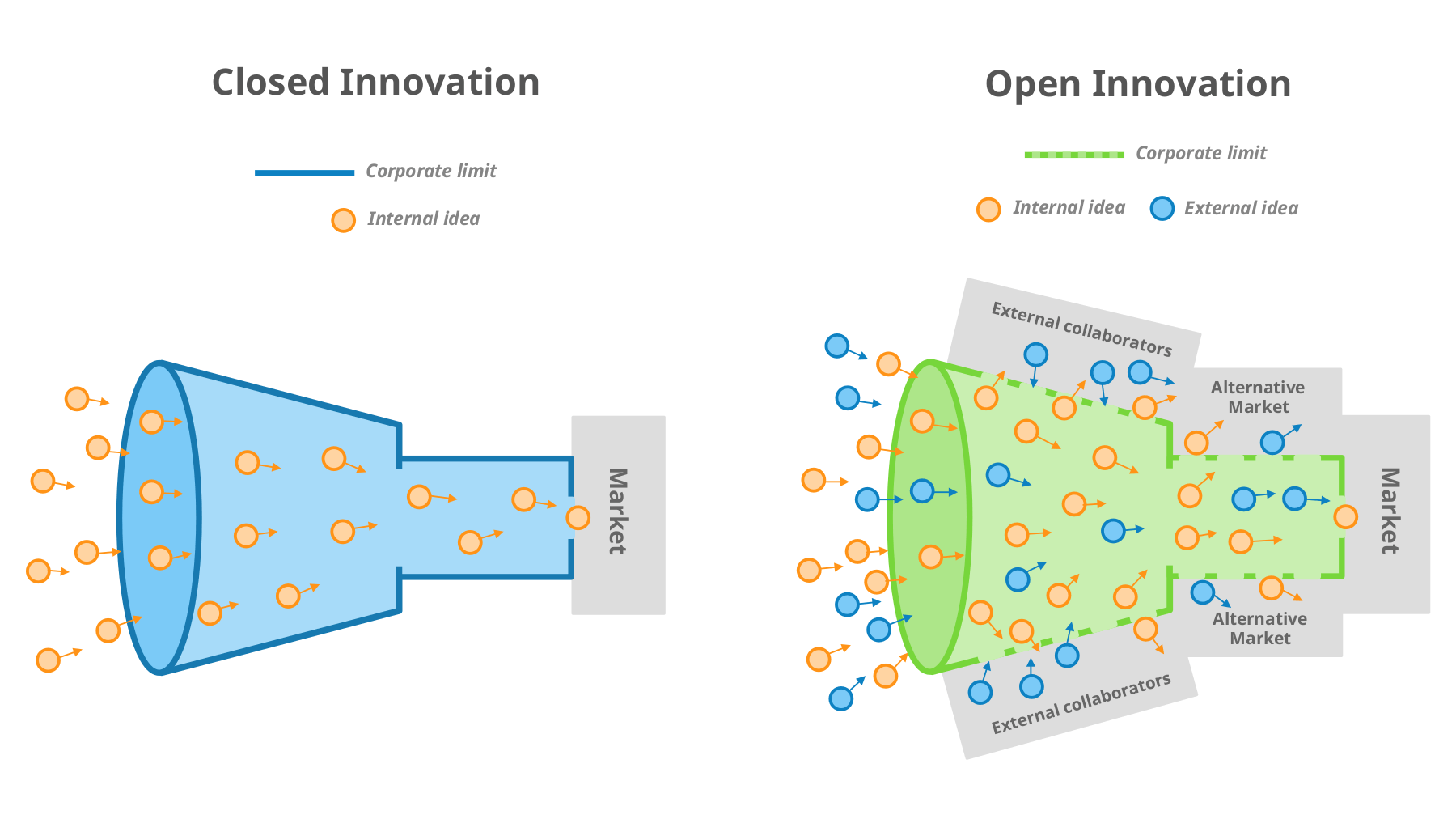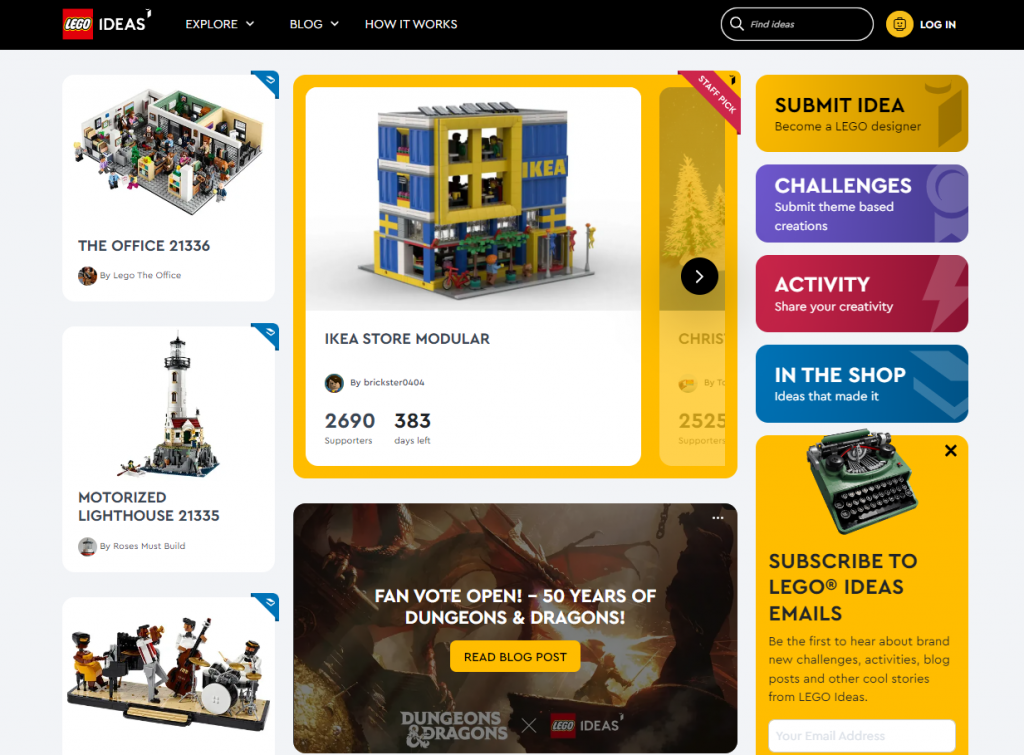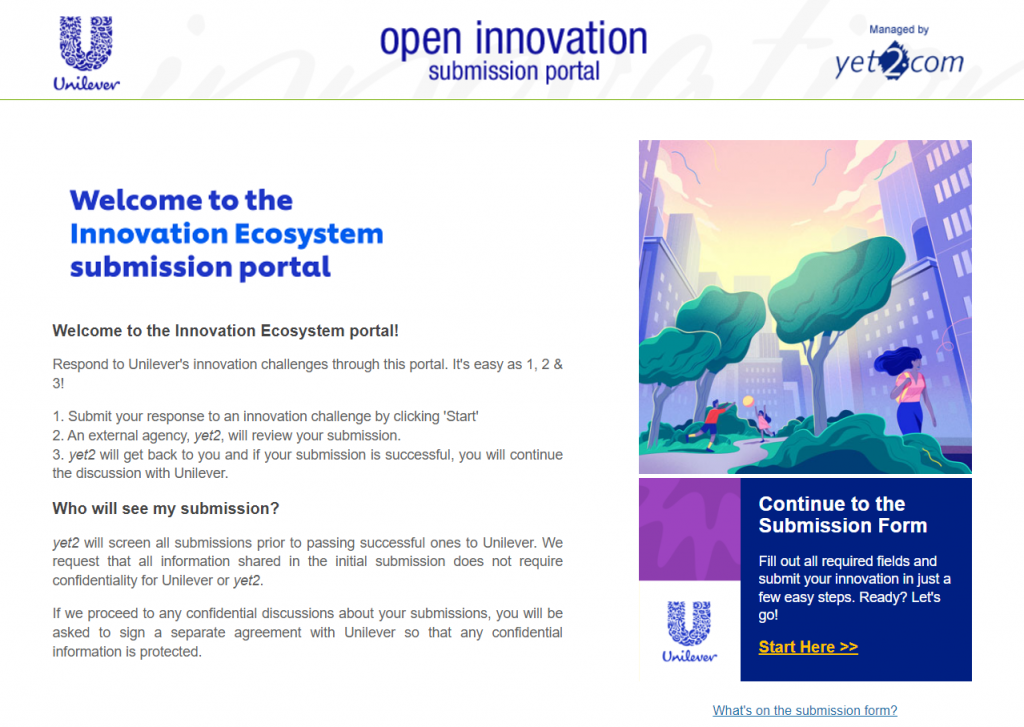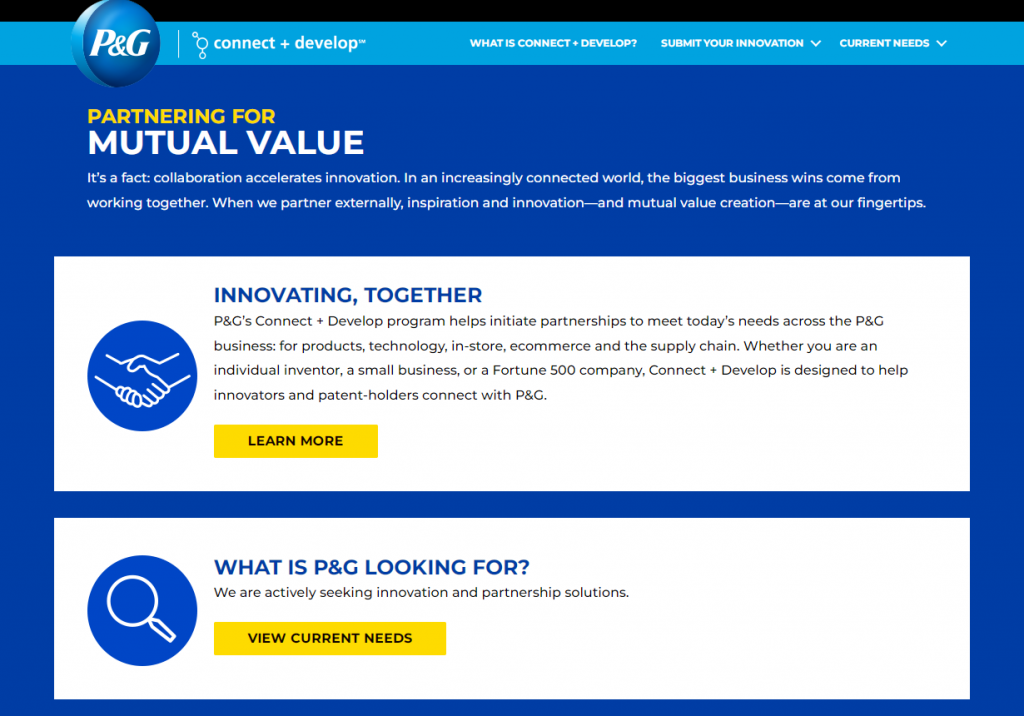Innovation is the lifeblood of successful businesses. “Innovate or die” is a mantra many entrepreneurs live by to prevent their products from becoming stagnant.
However, the way businesses innovate has evolved a lot in the past decade. Today, businesses cannot rely just on their own research or assume that all the best ideas can be generated internally.
In order to stay successful, businesses need to work with others in terms of strategic partnerships to innovate. This new way of innovation through strategic partnership is called Open Innovation.
In sectors like retail, food, and FMCG, forward-thinking businesses are actively leveraging Open Innovation to enhance customer experience and boost growth.
According to an IBM report, businesses that have embraced Open Innovation enjoyed a whopping 59% higher rate of revenue growth compared to businesses that didn’t.
Despite such concrete data & real-life examples (more on this later), many businesses in the retail sector still find “Open Innovation” to be an abstract concept.
So in this post, we’re going to dive deep into the “Open Innovation” concept and talk about its benefits for retail businesses along with a few examples.
What is Open Innovation?
The term “Open Innovation” was first coined by Henry Chesbrough, a research professor at the University of Berkeley, in 2003.
It refers to the process of gathering a large group of people such as customers, vendors, employees, stakeholders, and competitors to participate in idea generation, problem-solving, and product development.
By participating in an open exchange of creative ideas, businesses can leverage a larger intellectual talent pool, accelerate their innovation efforts, and gain their competitive advantage much faster compared to traditional innovation techniques.

And that’s not all. There are many other benefits of Open Innovation businesses enjoy not just in retail but in almost every industry.
What are the Benefits of Open Innovation?
Here are the top five benefits of Open Innovation for retail businesses.
1. Solve Problems Faster and Better
Most businesses underestimate the power of their customers, which is why they neglect to involve them in product innovation.
Open Innovation, however, encourages businesses to invite their customers during product innovation because not only do they have first-hand experience in using your product but their feedback can help you understand what really matters to the majority of them.
This way, businesses can save a lot of time and effort in finding the best solutions to their problems and fast-track the development of new products.
For example, when logistics businesses were struggling to provide same-day shipping service for eCommerce startups, Open Innovation helped to come up with the idea of the micro fulfillment center.
This new solution made it possible for small-scale eCommerce businesses to offer same-day delivery to their customers.
2. Pool of Diverse Ideas
Open Innovation gives businesses the ability to access new product ideas. One of the most efficient ways to track and organize those ideas is using feature request software.
By inviting people with different knowledge and skill sets, businesses can actually come up with new, innovative solutions that they’d never have thought of had they kept it within four walls.
This is because internal product innovation can limit the way businesses identify new product ideas, no matter how big or capable a business is.
But, by inviting a large number of people, businesses can find effective solutions to even the most complex problems in the industry.
3. Lowers Innovation Cost
Hiring smart people can be quite expensive and not every business can afford to hire them.
With the Open Innovation approach, businesses can not only gain access to a pool of diverse ideas but they can do so without having to onboard a group of engineers & developers on their payroll.
Although, keep in mind that you still need to find a way to reward people for their suggestions.
For example, if you’re inviting people to submit their ideas for a particular problem, you can create an incentive program where people can win cash prizes, earn professional recognition, or a share from sales.
4. Accelerates Time-to-Market
Open Innovation can accelerate your product development to a great extent. By inviting different groups of people to participate in idea generation, businesses can come up with innovative solutions and refine their products.
This can be extremely helpful in areas such as mobile app development & testing where final products are often refined through iterative testing.
5. Attract Potential Business Investors
In addition to coming up with product ideas, Open Innovation can also help businesses to create a lot of buzz for the new products & generate business interest from investors.
By sharing how the development of new products can solve a problem more effectively, you can boost the value of your business & attract investors from venture capital firms to invest in your business.
A friendly reminder — don’t reveal too much information about your new product that could affect your competitive advantage.
Open Innovation Examples
Looking at these benefits, it’s clear that the Open Innovation approach can generate significant growth for businesses of all kinds & sizes.
But if you’re still not convinced, we encourage you to look at the following examples of Open Innovation to see its benefits in action.
Lego
Using Open Innovation, Lego created a platform called Lego Ideas where fans can suggest new ideas for Lego sets from which the company picks & releases a bunch of new products every year.

Open Innovation helped Lego not only crowdsource ideas for new products but also cemented Lego’s community of fans, which drove the company’s sales significantly.
Unilever
Unilever created a dedicated page based on the Open Innovation concept where the company lists technical challenges it is facing right now and asks designers, engineers, academics, and inventors to contribute potential solutions to overcome certain challenges.

Procter & Gamble
Procter & Gamble launched a new initiative called ‘Connect + Develop’ where investors as well as businesses of all sizes come together to create valuable patents in coordination with the company’s engineers.

How Can your Business Use Open Innovation?
There are several ways to use Open Innovation for your retail business.
For example, if you’re a small/local retail business, you can create a simple customer ideas portal/platform to gather creative suggestions for new products.
Moreover, asking your customer community to contribute ideas for new products is both a low-cost & low-risk approach.
Alternatively, if you run a large retail company and have access to a large pool of resources with high capacity, you can consider launching a formal Open Innovation project.
For example, you can announce a worldwide innovation contest, launch a public joint venture, or a dedicated customer co-creation project.
Ultimately, how your business can use Open Innovation depends mostly on your innovation capacity, your appetite for involving external parties, and your business model.
If profitability in your business relies largely on commercially sensitive information, then you have to be extremely strategic with using Open Innovation.
Ending Thoughts…
Open Innovation has proven to be an excellent way to find solutions to the hardest problems by gathering the best product ideas that solve them.
However, Open Innovation can take some time and effort to get it right. You need to dedicate resources and capital to oversee and manage public interactions.
On the bright side, Open Innovation can unlock the most creative ideas and solutions for your business once you get it right.
Overall, it’s definitely worth investing in Open Innovation to increase sales and grow your business.









